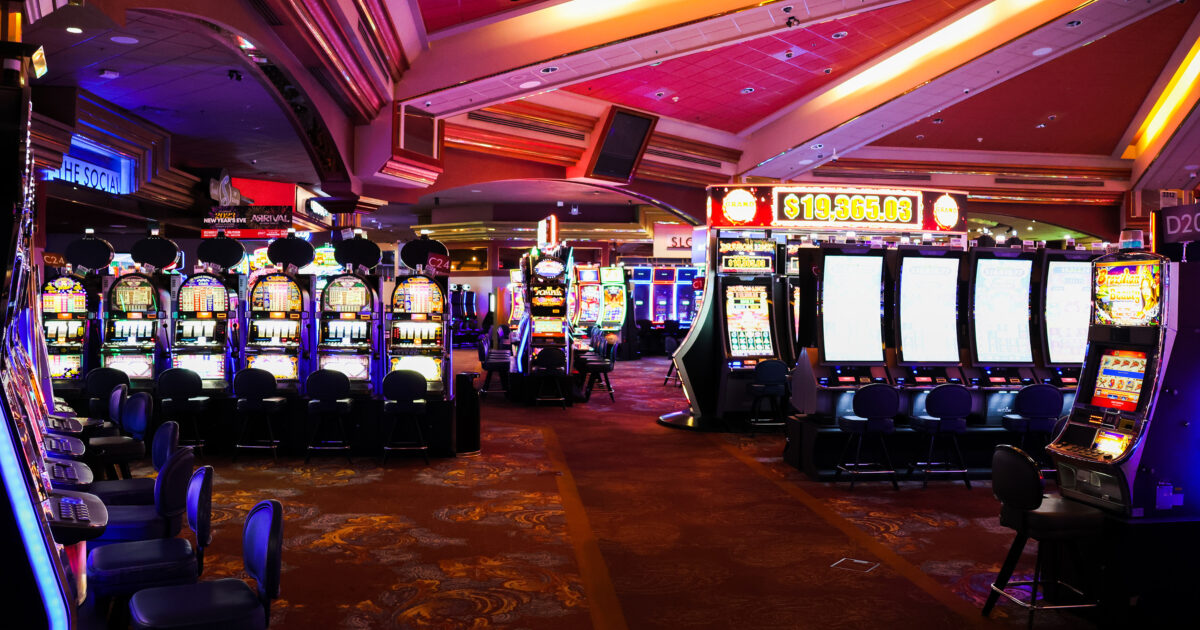
In the lively and exciting world of casinos, where fortune and strategy intertwine, hues and design play a pivotal role in drawing in gamblers. From the moment visitors step inside a casino or log into a gaming website, they are enveloped in a visual feast that captures their attention and lures them to discover more. Vivid colors, captivating graphics, and creative layouts are carefully crafted to create an environment of excitement and expectation, ultimately improving the gaming experience.
While players navigate through the ever-changing landscape of casino games, they come across a variety of designs that not only serve aesthetic purposes but also influence feelings and decision-making. Hues like scarlet and yellow symbolize wealth and luck, while soothing blues and emeralds can create a more tranquil environment. Understanding how these elements function together enables casinos to create an inviting and energizing atmosphere that encourages players to engage with the games, spend additional time at the tables, and increase their overall enjoyment.
The Study of Tint in Gaming Establishments
Tint plays a crucial role in the development of gaming experiences, affecting player emotions and actions. Lively and bold colors, such as scarlet and amber, are often used to ignite excitement and attract notice. These shades create a sense pressure and dynamism, encouraging players to participate more eagerly with the game. By strategically selecting hues, designers aim to elicit feelings of satisfaction and expectation, which can enhance the total game experience.
Distinct hues also have psychological meanings that can influence how players perceive their chances of success. For case, emerald is often associated with good fortune and wealth, making it a popular choice in games like the roulette wheel and poker tables. This link can result players to feel more positive and self-assured in their play, ultimately encouraging them to stake more. Comprehending these associations allows game creators to design environments that enhance player happiness and loyalty.
In addition, the interface of gambling game interfaces often uses blended colors and opposing hues to guide player actions. For example, successful outcomes may be accentuated with striking, opposing hues, creating a visual reward. This technique supports positive outcomes and supports repeated participation. By utilizing color psychology, casinos can design games that not only captivate participants but also hold them engaged and invested in their play experience.
Design Features that Attract Players
The aesthetic appeal of casino games is primarily influenced by the use of vibrant colors. Bright and striking colors are deliberately chosen to create an inviting atmosphere that captures interest. For instance, reds and golds often signify good fortune and prosperity, which is why they are prevalent in the palettes of gaming machines and table surfaces. These colors not only attract players in, but they also evoke emotions related to thrill and anticipation, enhancing the overall gaming experience. 5MB
In parallel to color, the aesthetic and layout of casino games play a crucial role in player attraction. Games are designed to be intuitive, ensuring that players can quickly understand the guidelines and gameplay. User-friendly interfaces, along with engaging graphics and motion, help maintain player interest and promote longer play sessions. The tactile elements, such as the texture of the controls and the audio of the games, also add to a holistic sensory experience that keeps players engaged.
In conclusion, thematic elements in gaming design can significantly influence player choice. Many gambling games are inspired by popular culture, myths, or adventure themes, incorporating symbols and characters that resonate with players. These themes create a sense of engagement and connection, making each game feel unique. When players feel a connection to the theme, they are more likely to opt for that game over others, leading to higher participation and excitement within the casino environment.
Case Studies: Effective Gambling Slot Designs
One key example of effective casino game design is the well-known slot machine series themed around hit movies. Games such as those based on the Wizard of Oz and Game of thrones utilize dynamic colors and high-quality graphics to engage players in recognizable narratives. The application of dynamic visuals and captivating sound effects takes the focus of players, creating an psychological connection to the theme. This tactic not just encourages longer play but also enhances the overall gaming experience, leading to increased player retention.
Another effective case is the application of the psychology of color in table games like 21 and roulette. Casinos often design these games with deep reds and greens, colors traditionally connected with luck and wealth. For instance, the green felt on a blackjack table provides a soothing effect, while the red accents in roulette invite excitement. This intentional use of color helps to create an inviting atmosphere that motivates players to engage, addressing their psychological impulses and enhancing their enjoyment.
Finally, social casino games that incorporate social features and lively, lively designs have experienced remarkable success in engaging players. Games like Zynga Poker and Slotomania leverage striking colors and playful animations to establish an inviting online environment. The inclusion of leaderboards, community sharing options, and in-app rewards promotes competition and community, pulling players in for longer sessions. Such designs not just make the games visually enticing but also underscore social connectivity, a vital factor in player retention and engagement within digital casino environments.